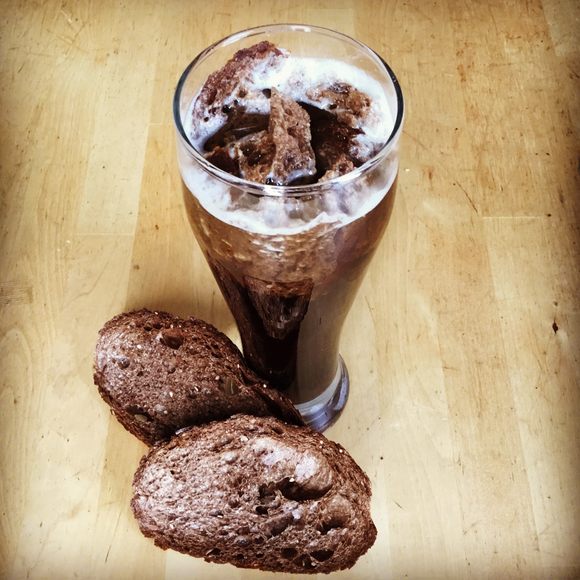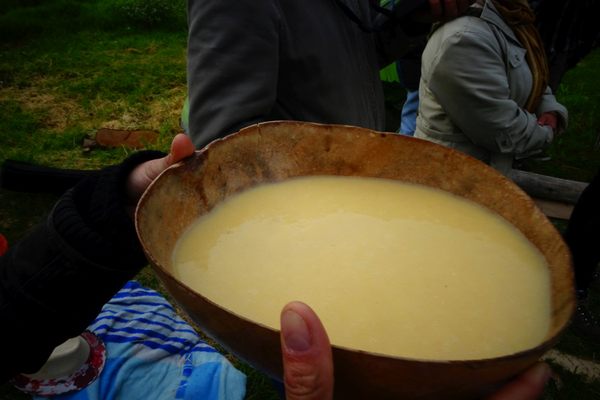All Colonial Americans were home brewers. When their supply expired, families were left to contend with sour beer—and not the tangy, hip kind on offer from craft breweries today. Ever-troubled by the notion of wastefulness, Puritans found clever ways to rescue their funky beer. Whether or not these techniques were successful is up for debate, but that didn’t stop anyone from trying.
Drinkers in Salem, Massachusetts, preferred a resurrection method called the Whistle-Belly Vengeance. Its name may have also been a warning: In 1861, the Oxford English Dictionary deemed “whistle-belly vengeance” slang for bad liquor that caused rumbling in the bowels. To make the New England brew, beer drinkers boiled their ailing ale in a kettle and sweetened it with molasses. After dumping in brown bread crumbs to thicken the batch, they downed the thrifty mixture while still hot.
Whether or not Salem’s signature recipe wreaked gastrointestinal havoc remains unknown, but chances are, all Colonial-era drinks made from recycled beer posed the same threat. Other options were equally grim, and perhaps even less palatable. The New Family Receipt Book from 1819 offers this suggestion: “When beer is become sour, add thereto some oyster shells, calcined to whiteness, or, in place thereof, a little fine chalk or whiting. Any of these will correct the acidity, and make it brisk and sparkling.”
Whatever the case, it was clear that Colonial Americans were not wasting beer, whether that meant making a Whistle-Belly Vengeance or contracting it.
Written By
 rachelrummel
rachelrummel











